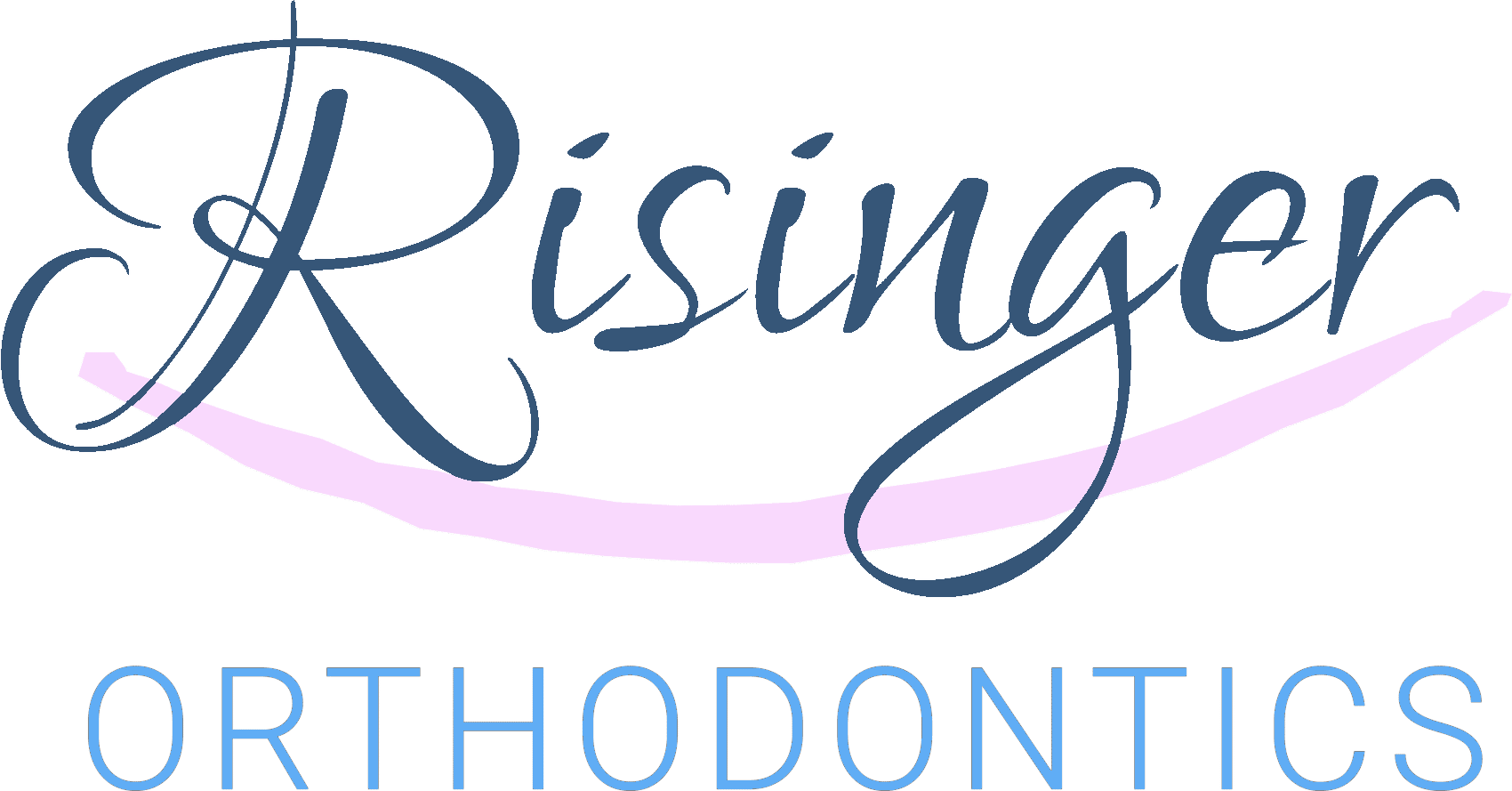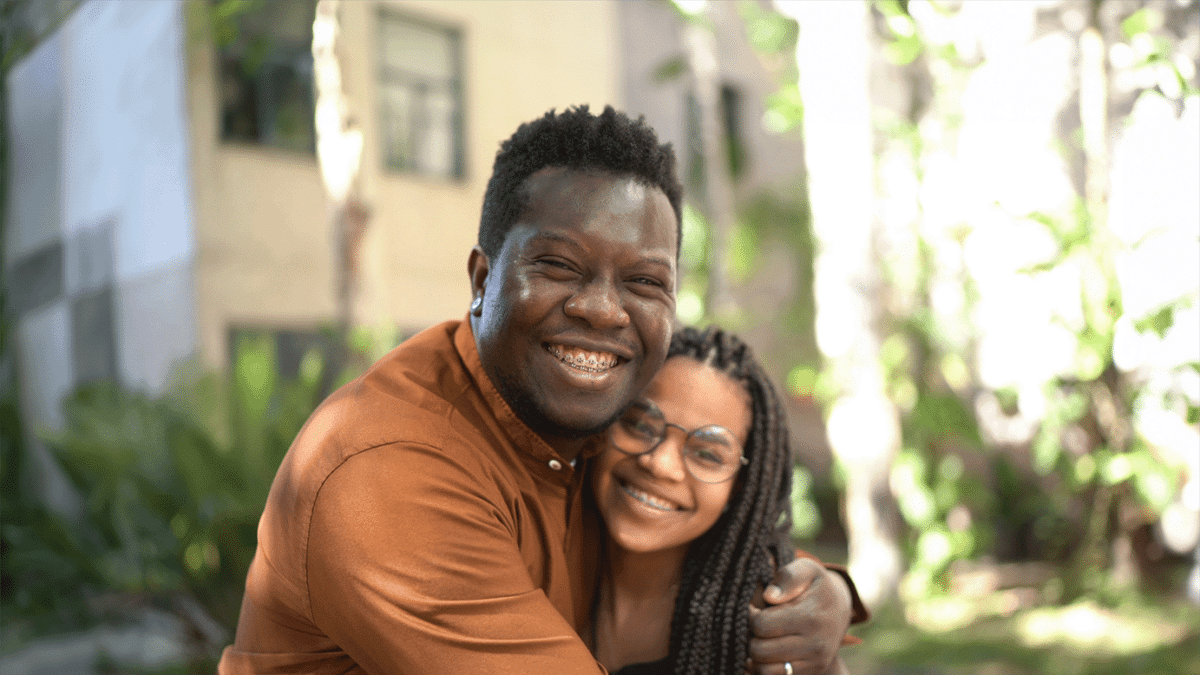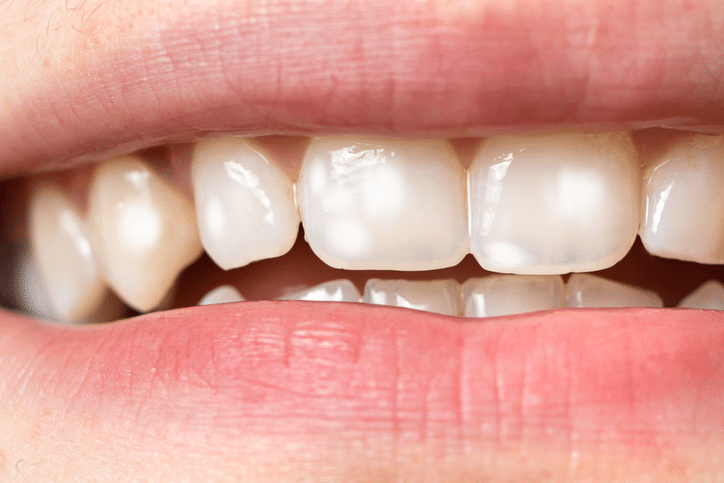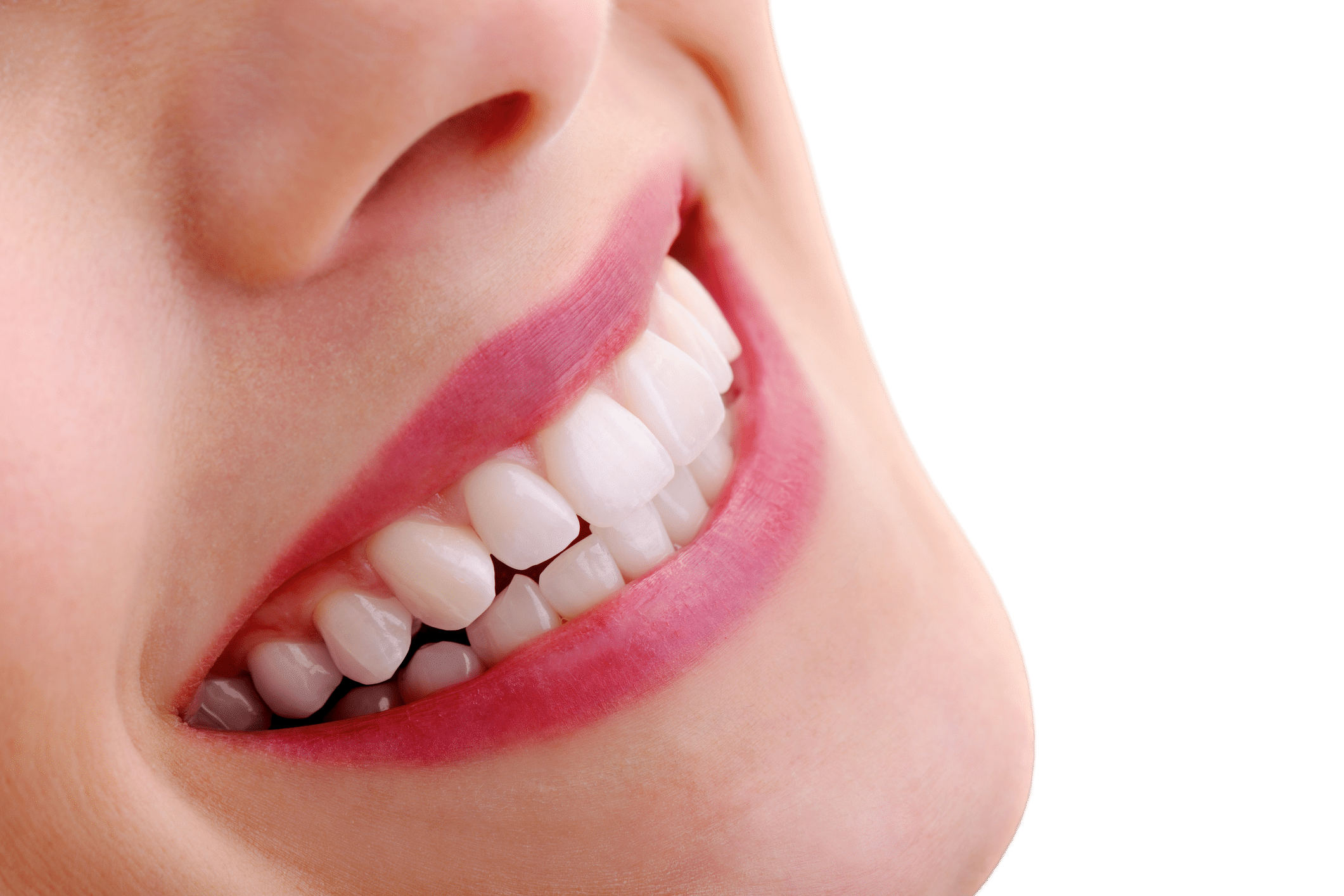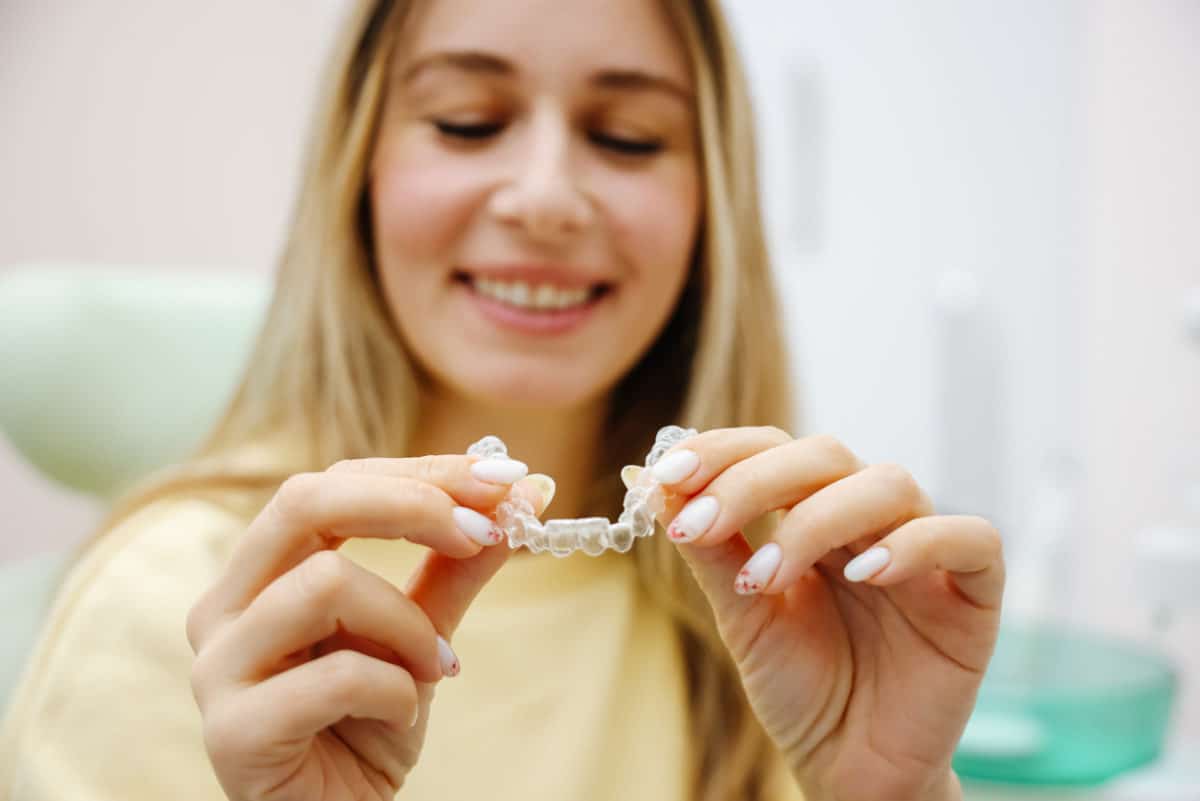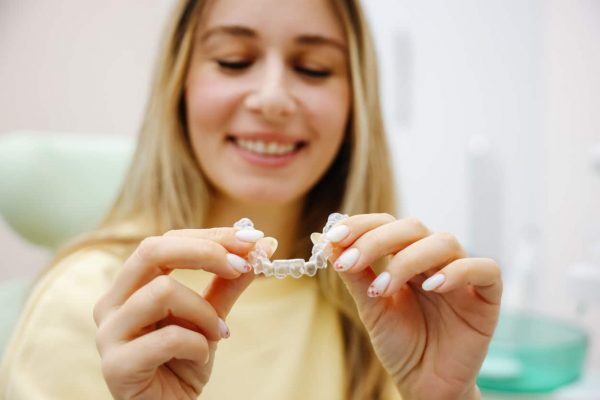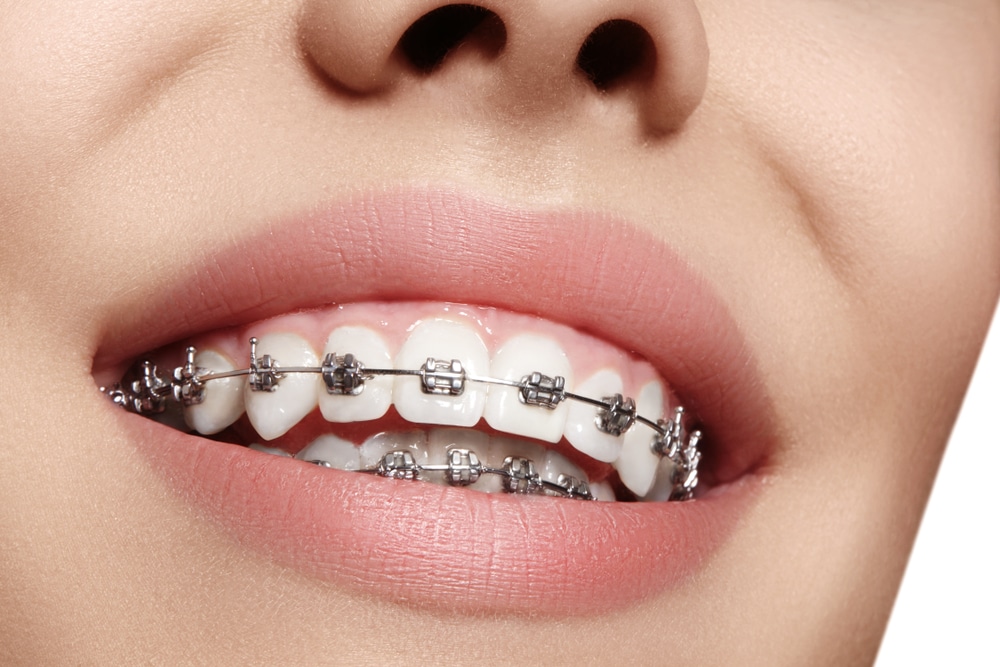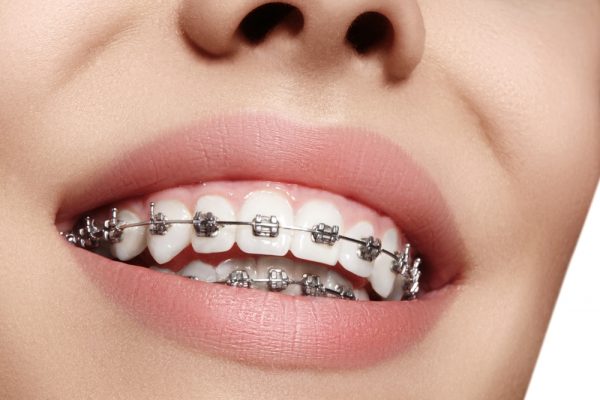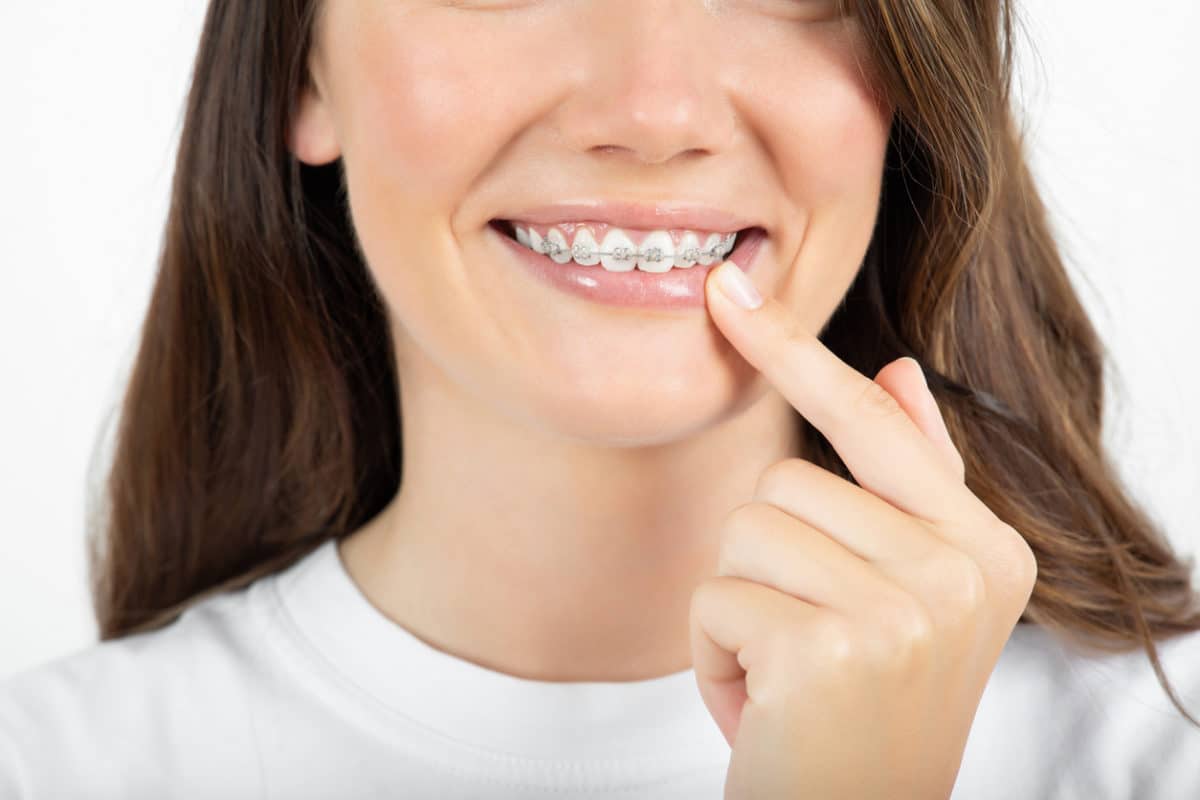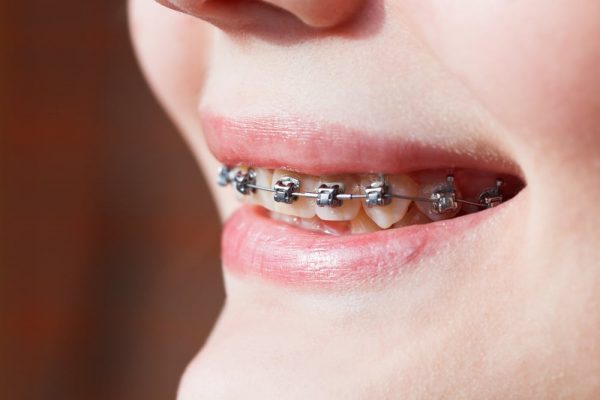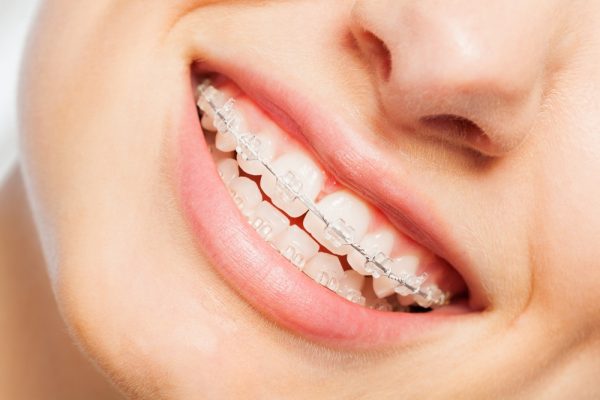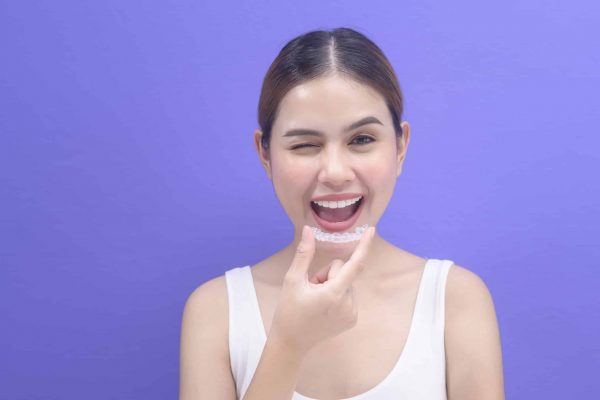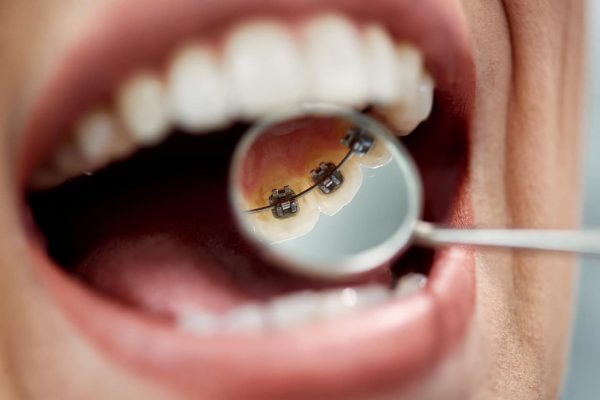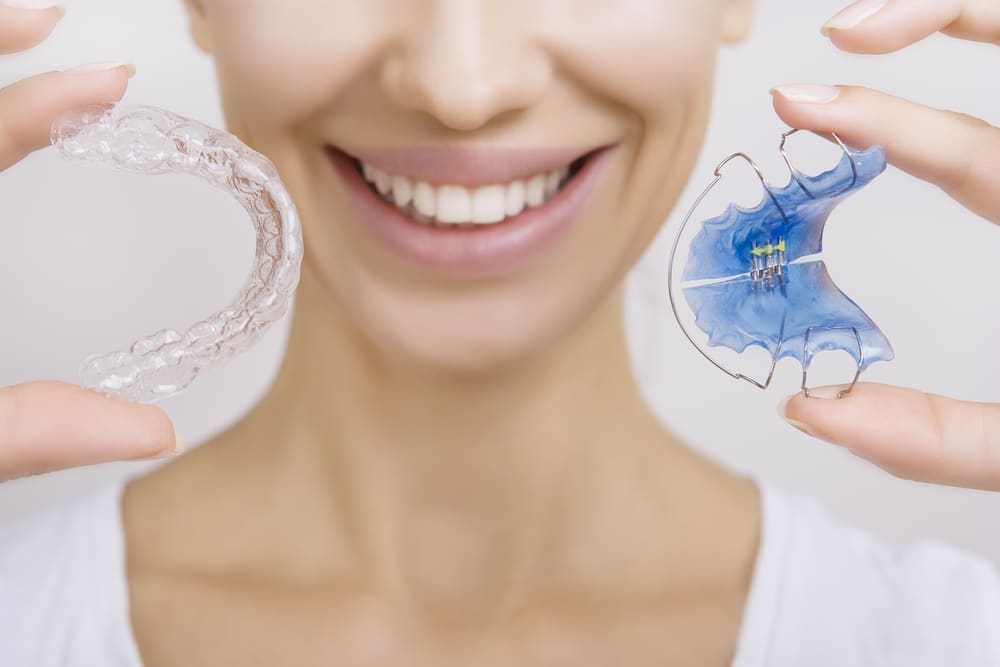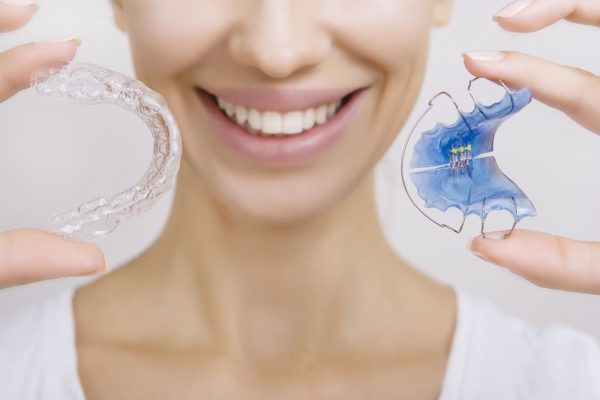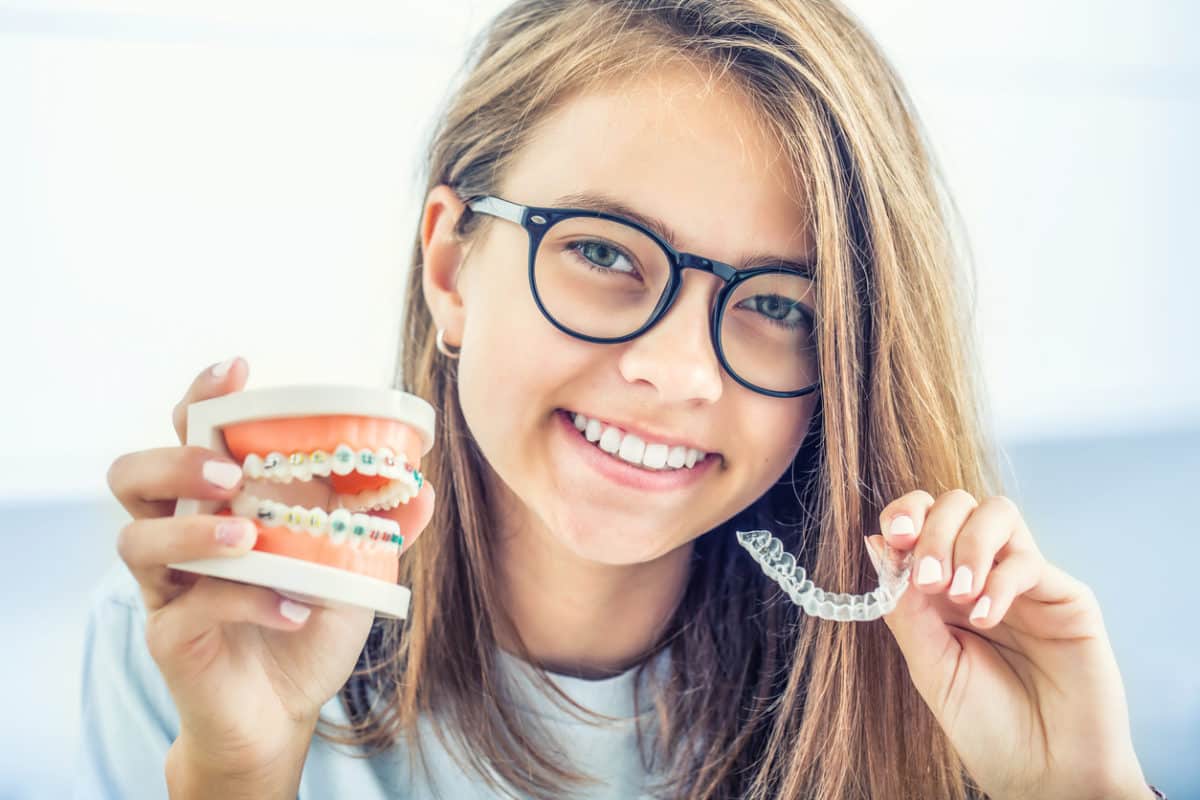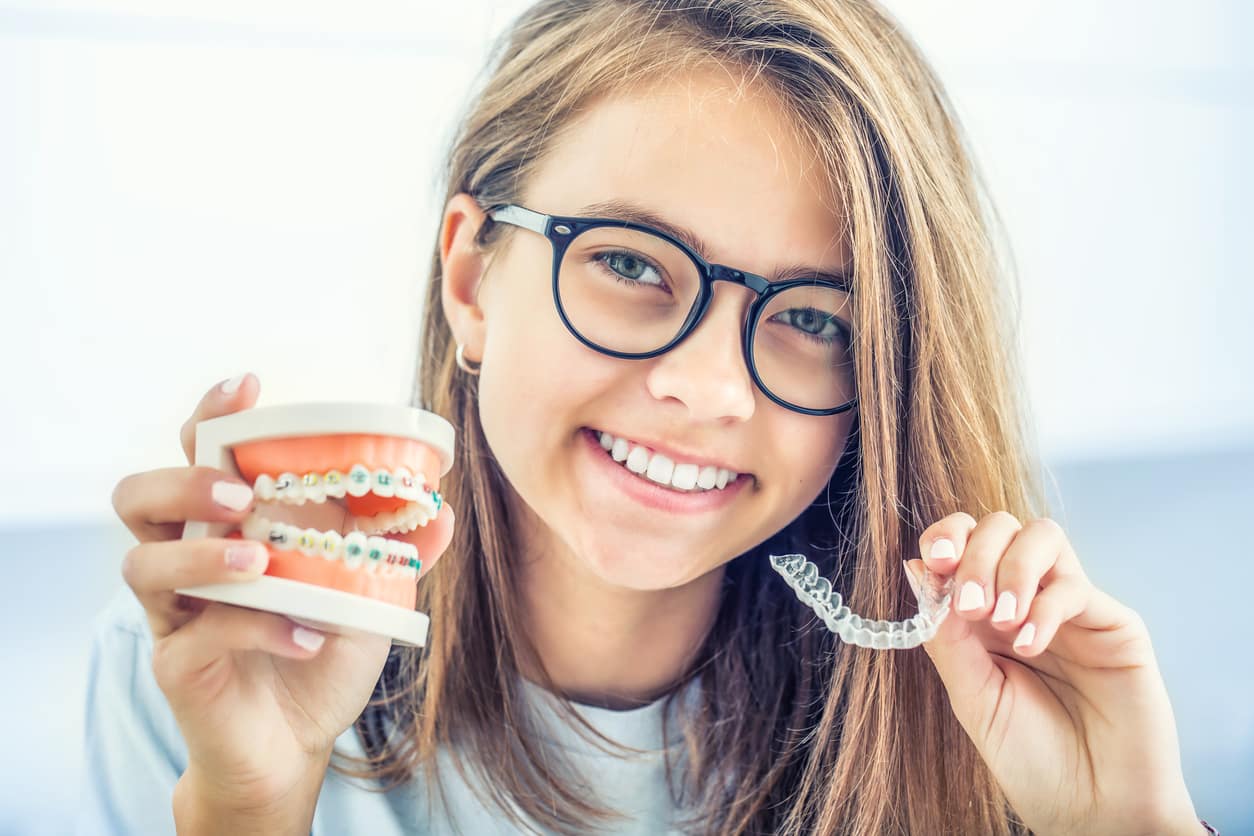What is the Best Age for Orthodontic Treatment?
Risinger Orthodontics
on
March 25, 2024
What Is the Best Age for Braces?
- Dr. Risinger
Ever wondered if there’s a perfect age for braces? While many people associate braces with young middle school smiles, the truth is orthodontic treatment can benefit people of all ages!
Keep reading to learn that while there’s an “ideal” age to get braces, anyone at any age can experience the benefits of expert braces treatment at Risinger Orthodontics, where we create personalized treatment plans for every patient.
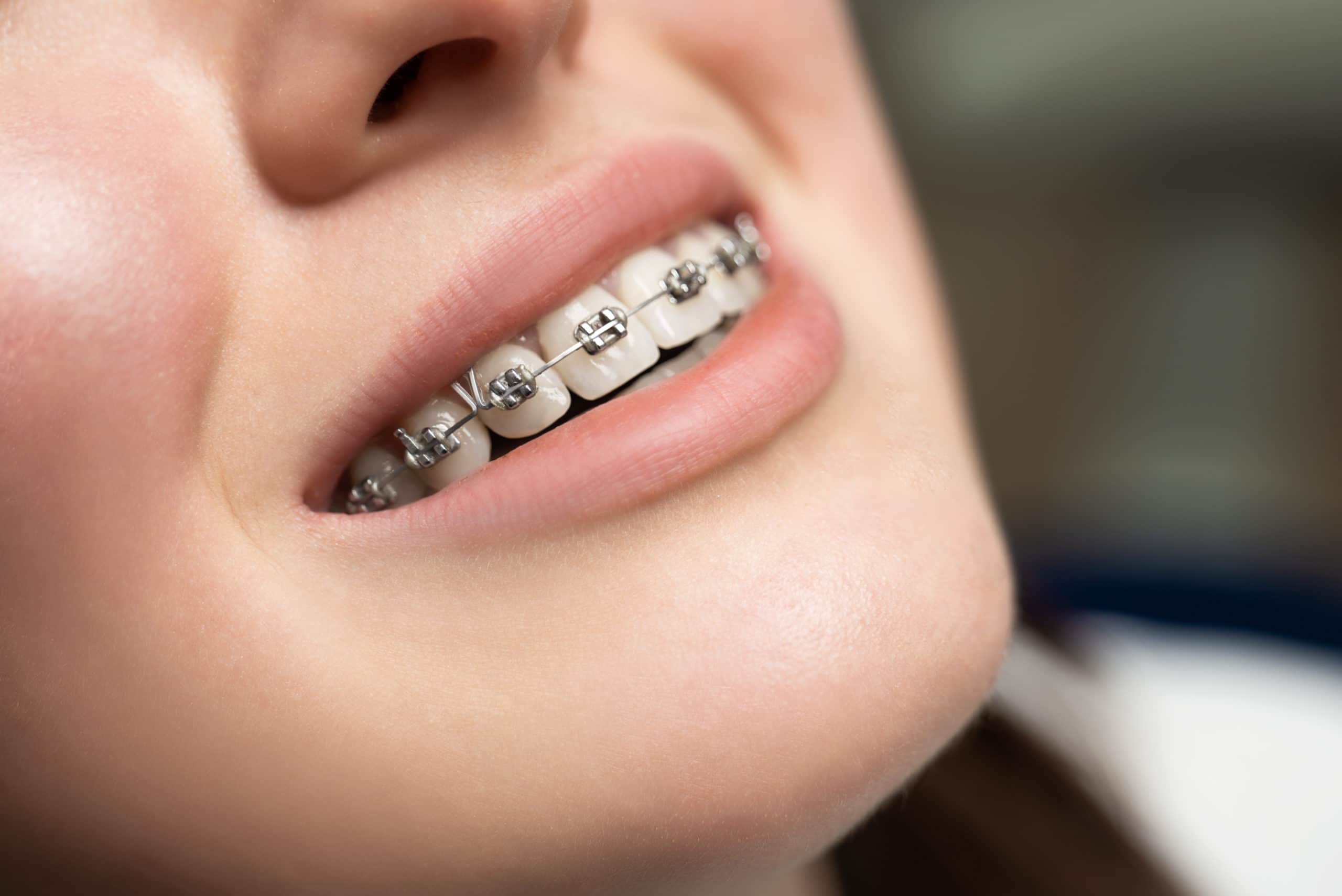
Braces for Teens: The Ideal Time for Treatment
There’s a reason why you see so many teenagers with braces! While a consultation will ultimately determine if it’s the right time for orthodontic treatment, the pre-teen and early teen years (ages 10-14) are generally considered the ideal window to begin braces. This is the consensus among many orthodontists because most or all of a child’s permanent teeth have erupted by this age. Additionally, the jawbone tissue is still relatively soft during this time, making it easier to move teeth into their desired positions and to correct misaligned bites.
It’s important to remember that this is a general guideline. Everyone is different, and some children may benefit from starting braces a little earlier or later. To help protect the health and beauty of your child’s smile, consider scheduling an orthodontic consultation for them around age seven to assess their individual needs and determine the optimal time for treatment.
You Have Braces for Kids?
You may be thinking, “A consultation at seven? Why such a young age?” Well, the American Association of Orthodontists actually recommends children see an orthodontist by then! This might seem early, but it allows Dr. Rick and Dr. Reid to assess your child’s developing smile and identify any potential issues like:
- Crooked and crowded teeth
- Spaced-out teeth
- Protruding teeth
- Overbite
- Underbite
- Difficulty chewing
- Speech problems
Early orthodontic treatment can be a game-changer when it comes to your child’s smile. By addressing minor issues early, it’s possible to prevent the need for full braces later on. Even if they need braces later on, early intervention can make treatment shorter and more effective. Think of it as laying the groundwork for a beautiful smile!
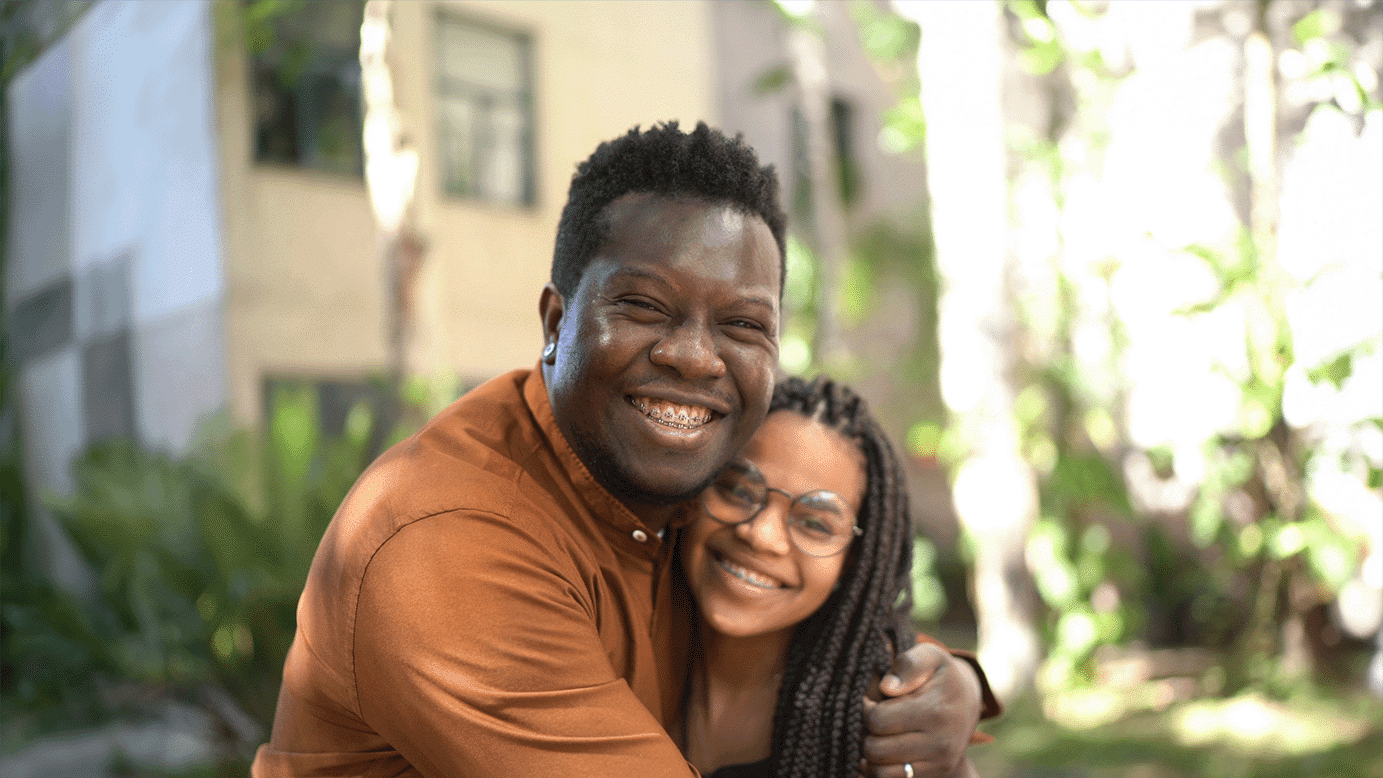
How Old is Too Old for Braces?
With all that being said, there’s no need to think you missed the boat on starting braces treatment. While treatment might be a bit faster during adolescence, about 1 in 3 orthodontic patients are adults, proving that you’re never too old for braces.
You may not have been able to start braces when you were younger for numerous reasons, but now, you might be more motivated than ever to achieve the confident smile you’ve always dreamed of. When you’re older, you have more freedom to make your own decisions and more control over your finances, which could make your adult years the perfect time for you to get braces.
Plus, there are more treatment options available now than ever before. You can choose a discreet and comfortable option, like Invisalign®, that fits your lifestyle and doesn’t draw attention to your treatment. Whether you’re looking for a confidence boost or want to improve your oral health (straight teeth are easier to keep clean!), braces can be a great investment at any age.
Risinger Orthodontics Has Braces for All Ages in Central CT!
Everyone deserves to feel confident about their grin. At Risinger Orthodontics, we offer braces and other orthodontic treatments for patients of all ages!
Our amazing team has served our Central Connecticut community for over 50 years. We’re passionate about crafting beautiful smiles, and we always make sure your journey with us is comfortable, fun, and personalized. Whether you’re a teen looking for a confidence boost or an adult considering a smile transformation, we’re here to help you achieve lasting oral health.
Schedule a consultation today and let’s discuss your unique smile goals! We can’t wait to help you unlock the smile of your dreams!
